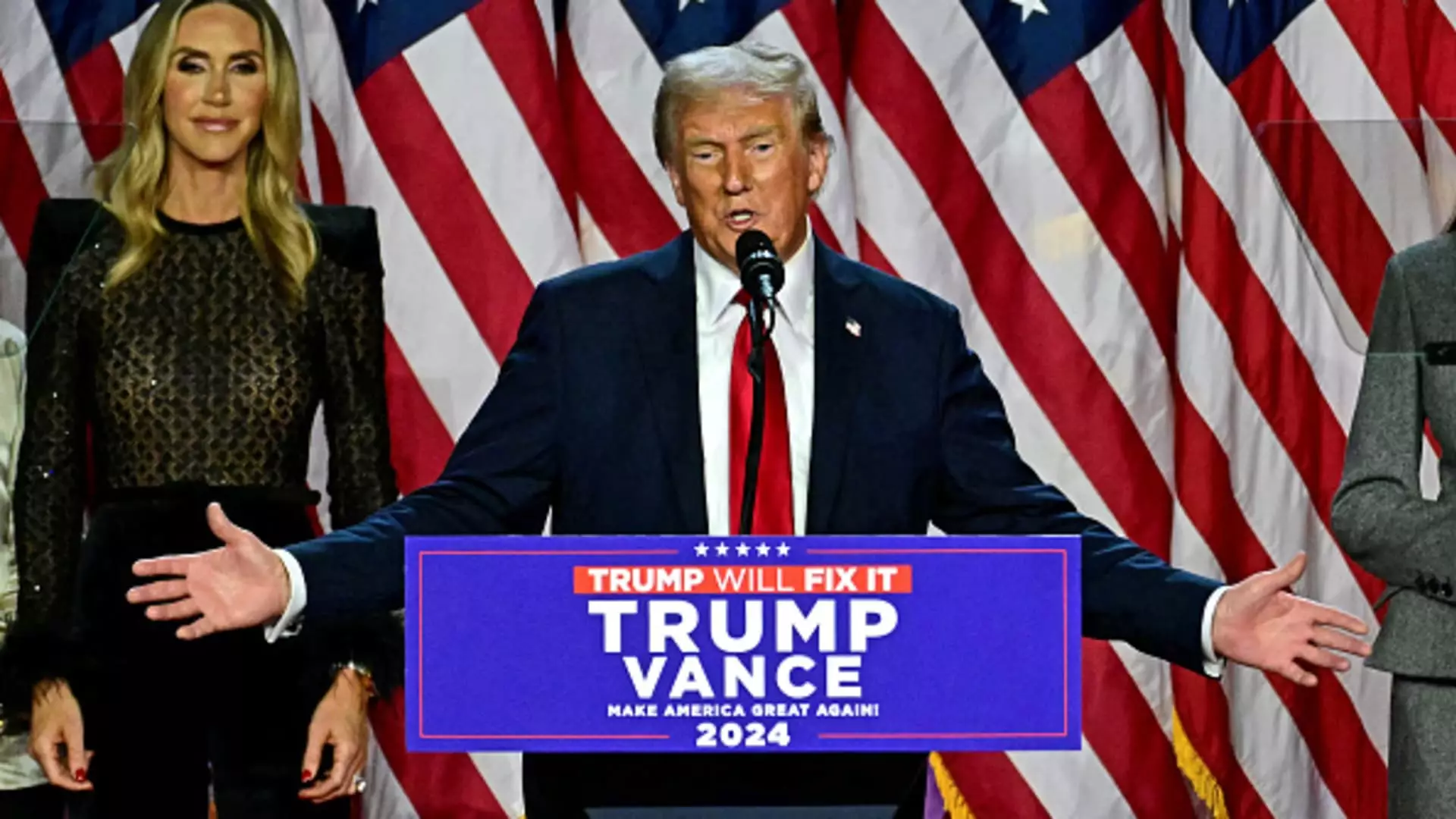The recent electoral victory of President-elect Donald Trump signals a notable shift in fiscal policy, particularly concerning taxation frameworks for high-income earners. Economic analysts suggest that the likelihood of increased individual taxes, including long-term capital gains rates, is significantly diminished under a Trump presidency. With the Republican Party now controlling both chambers of Congress, fiscal strategies that might have been promoted under a Democratic administration, particularly those suggested by Vice President Kamala Harris, are likely to face substantial barriers.
During the campaign, Vice President Kamala Harris proposed enhancing long-term capital gains tax rates, specifically targeting those earning over $1 million annually. Her proposed increase would have elevated the top capital gains tax rate from 20% to 28%. This proposal diverged sharply from President Joe Biden’s budgetary plans for fiscal year 2025, which entailed a more aggressive taxation strategy with a 39.6% rate for the same income bracket. However, under Trump’s regime, such tax reforms aimed at wealthier citizens are largely seen as unfeasible, with experts like Erica York of the Tax Foundation expressing skepticism that any tax rate adjustments for capital gains will come to fruition.
The Trifecta of Power: Consequences for Fiscal Policy
The consolidation of Republican power—achieved through a majority in the Senate and a narrow hold on the House—creates a “trifecta” scenario that many analysts believe will stymie proposals for higher taxes on capital gains. With capital gains tax rates currently set at 0%, 15%, or 20% based on taxable income, it is anticipated that these rates will remain static for the foreseeable future. For investors in 2024, long-term capital gains tax structures will continue to apply to assets held for more than a year, while short-term capital gains will incur regular income tax rates.
High-income earners should also be mindful of the Net Investment Income Tax (NIIT), a 3.8% surcharge imposed on capital gains, dividends, and interest for those whose modified adjusted gross income surpasses set limits. For individual taxpayers, the NIIT threshold stands at $200,000, while married couples must surpass $250,000. This means that, in conjunction with capital gains taxes, affluent investors currently face an effective tax burden of up to 23.8% on their investment income. There are suggestions that Republicans might seek to eliminate the NIIT altogether, but such a move could exacerbate the burgeoning federal budget deficit, which already exceeded $1.8 trillion in fiscal year 2024.
Looking Forward: The Economic Landscape under Republican Leadership
As the economic and legislative landscape continues to evolve under Trump and a Republican-dominated Congress, it is crucial for investors and taxpayers to stay informed about potential tax reforms and their implications. While immediate changes to capital gains tax rates seem unlikely, ongoing discussions regarding the structure of existing taxes will be pivotal in shaping fiscal policy moving forward. As such, high-income earners should proceed with caution, adjusting their investment strategies to navigate the complexities of evolving fiscal frameworks.

